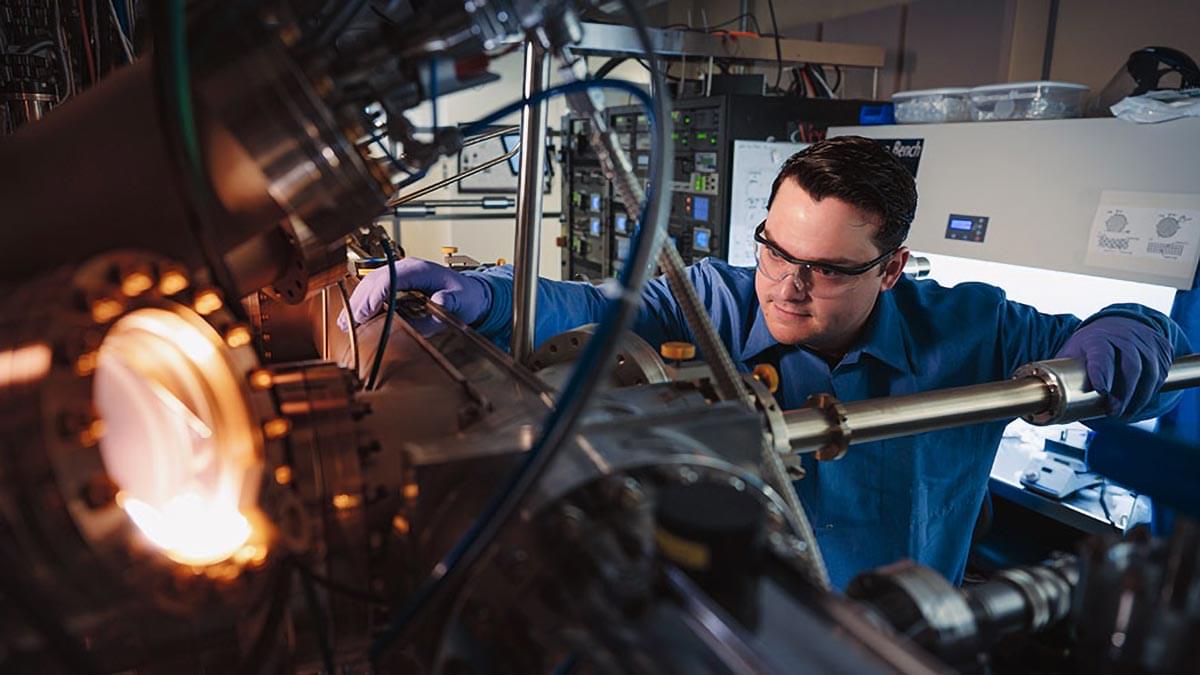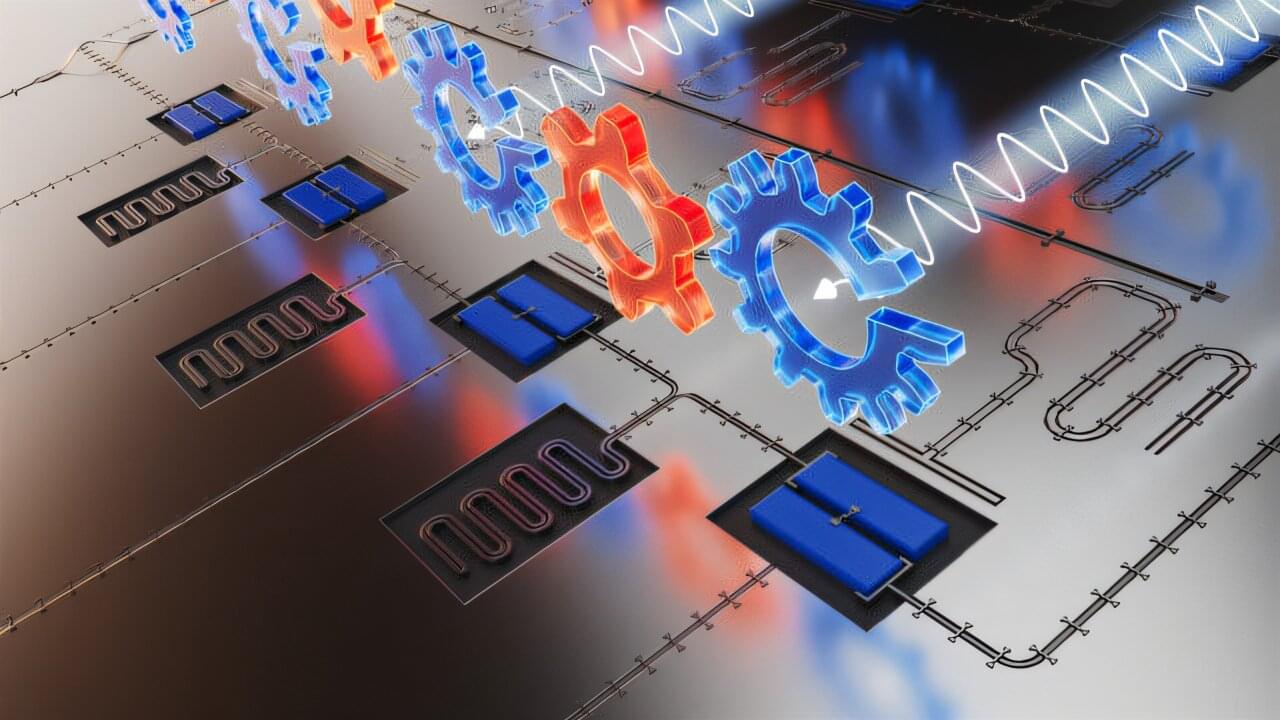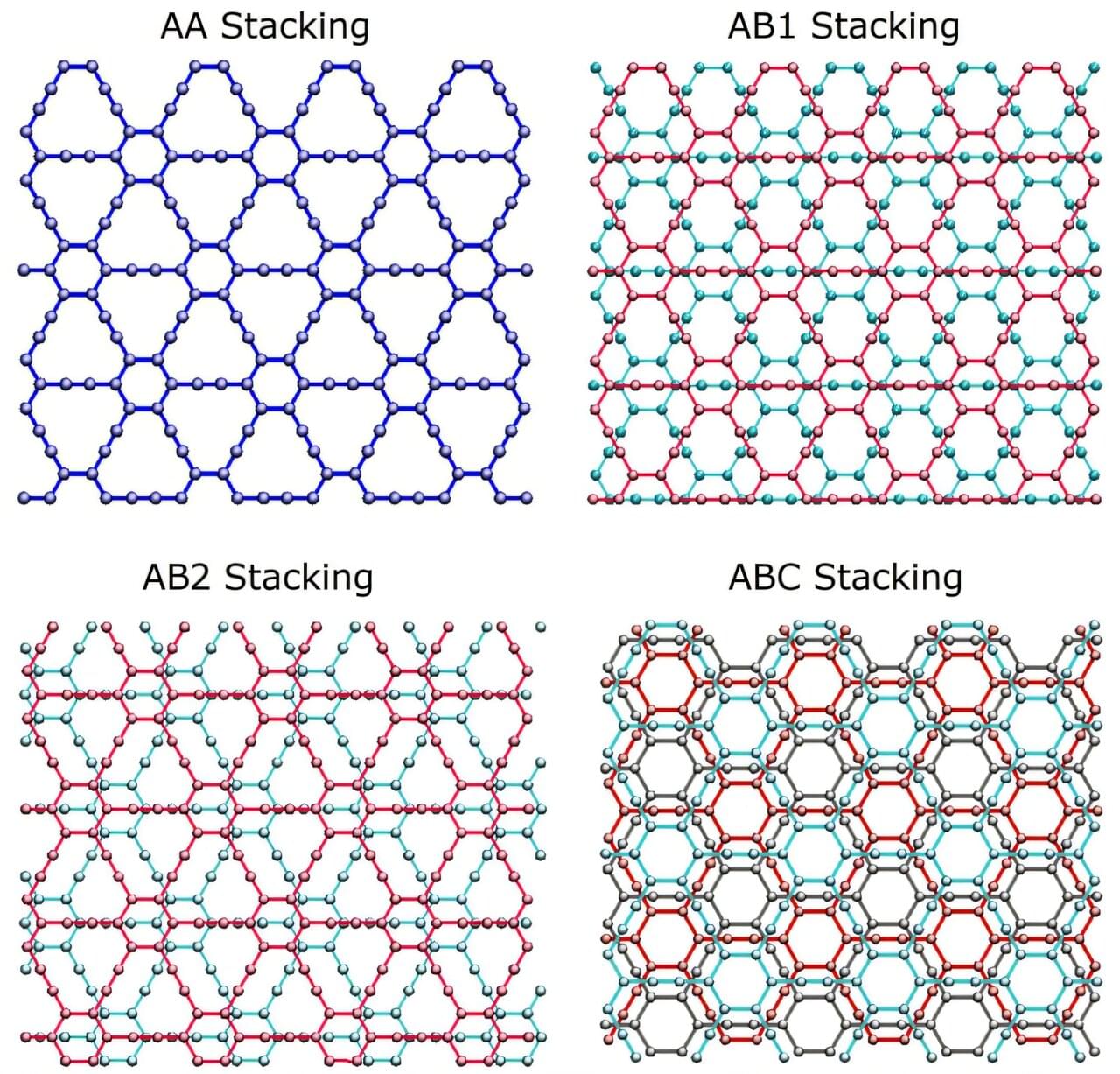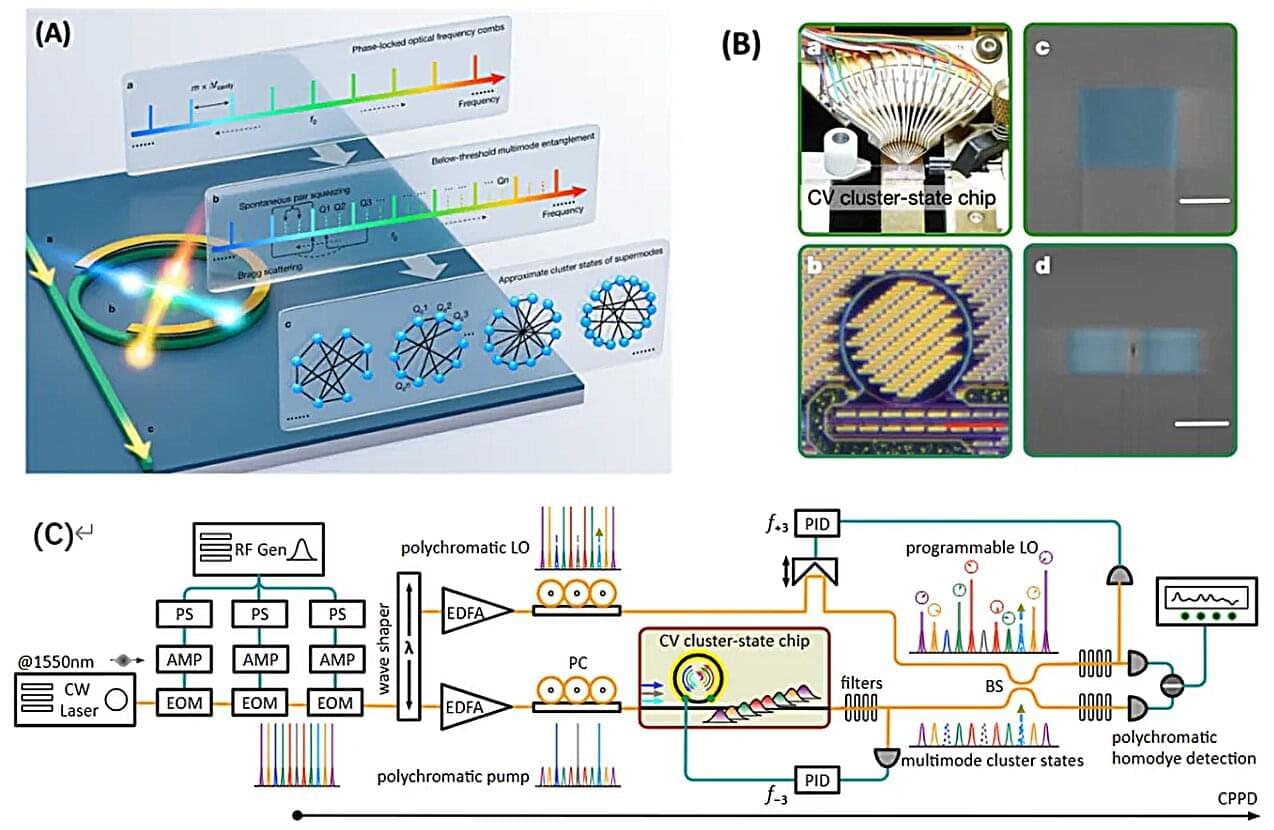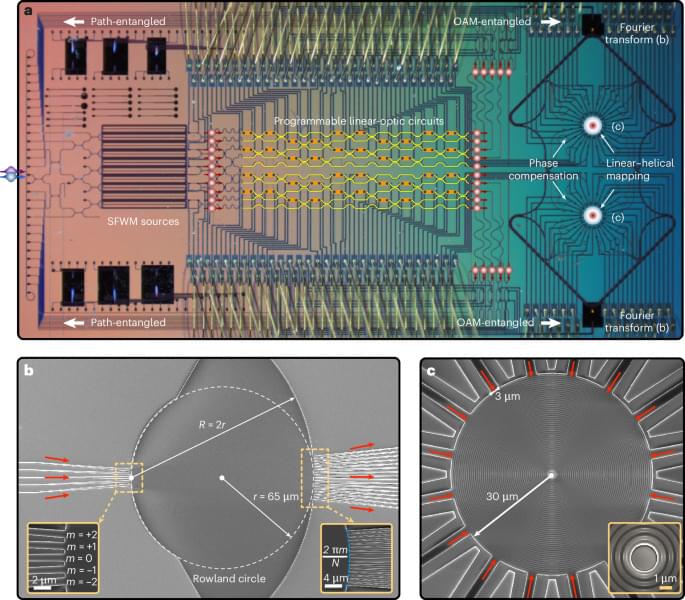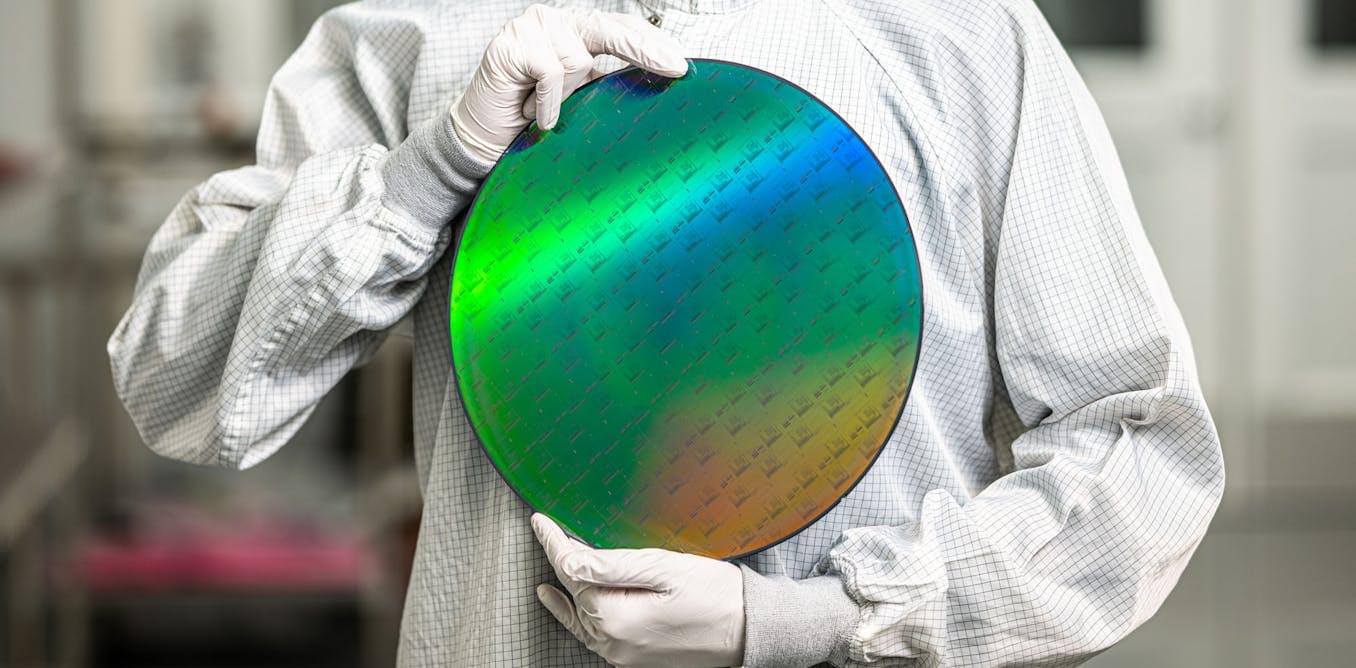The future is coming and much faster than we think. Let’s do an exercise of imagination, imagine, for a moment, being able to send information from one point to another without the need for cables, Wi-Fi or traditional signals, more or less like something telepathic, right? Well, that is precisely what scientists have recently achieved at the University of Oxford: teleporting data between two quantum computers. Although it may seem like science fiction or just news, the world.
Although, let’s lower the hype a little, the transmission distance of this experiment was less than two meters, but that doesn’t matter, what matters is having achieved this milestone of sharing information without the need for connections.

